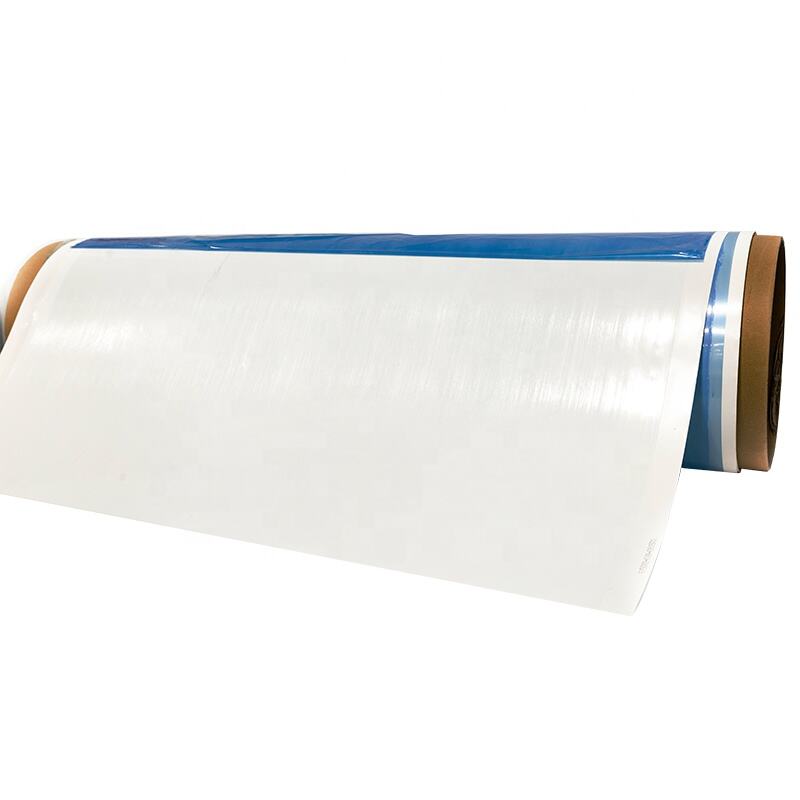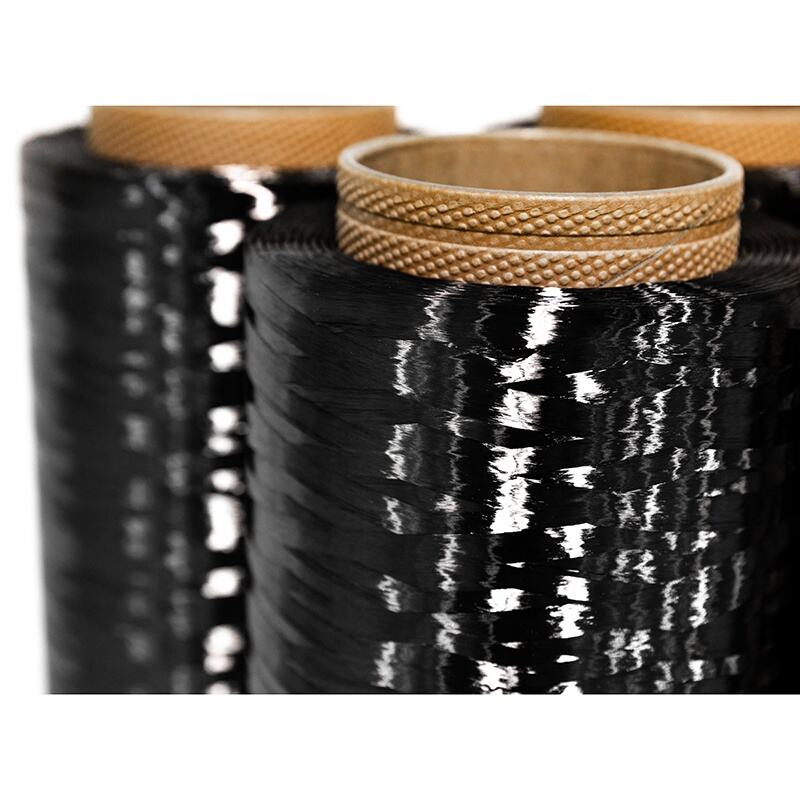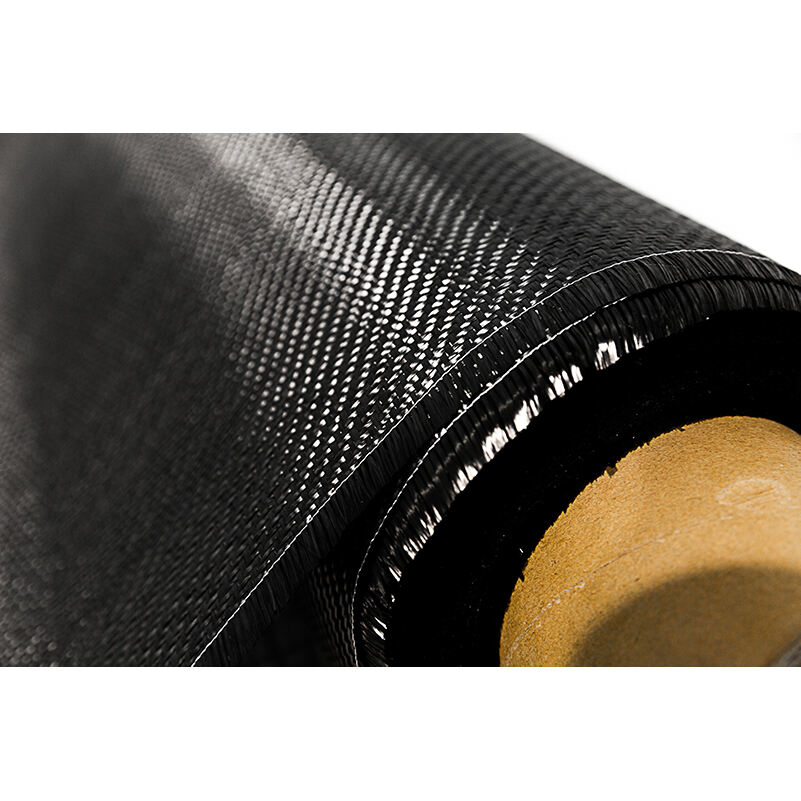carbon fibre construction
Carbon fibre construction represents a revolutionary advancement in modern manufacturing, combining lightweight properties with exceptional strength. This innovative material consists of thin, strong crystalline filaments of carbon that are woven together to create a robust composite structure. The construction process involves laying multiple layers of carbon fiber sheets, which are then bonded together using high-performance resins under controlled temperature and pressure conditions. This results in a material that is five times stronger than steel while being significantly lighter. The construction technique allows for precise control over the material's properties, enabling manufacturers to optimize strength in specific directions based on anticipated stress loads. In automotive and aerospace applications, carbon fibre construction has become increasingly prevalent, offering substantial weight reduction while maintaining structural integrity. The material's versatility extends to various sectors, including sporting goods, medical equipment, and architectural elements. Modern carbon fibre construction techniques incorporate advanced automation and quality control systems, ensuring consistency and reliability in the final product. The material's excellent fatigue resistance and corrosion-resistant properties make it particularly valuable in demanding environments where traditional materials might fail.


